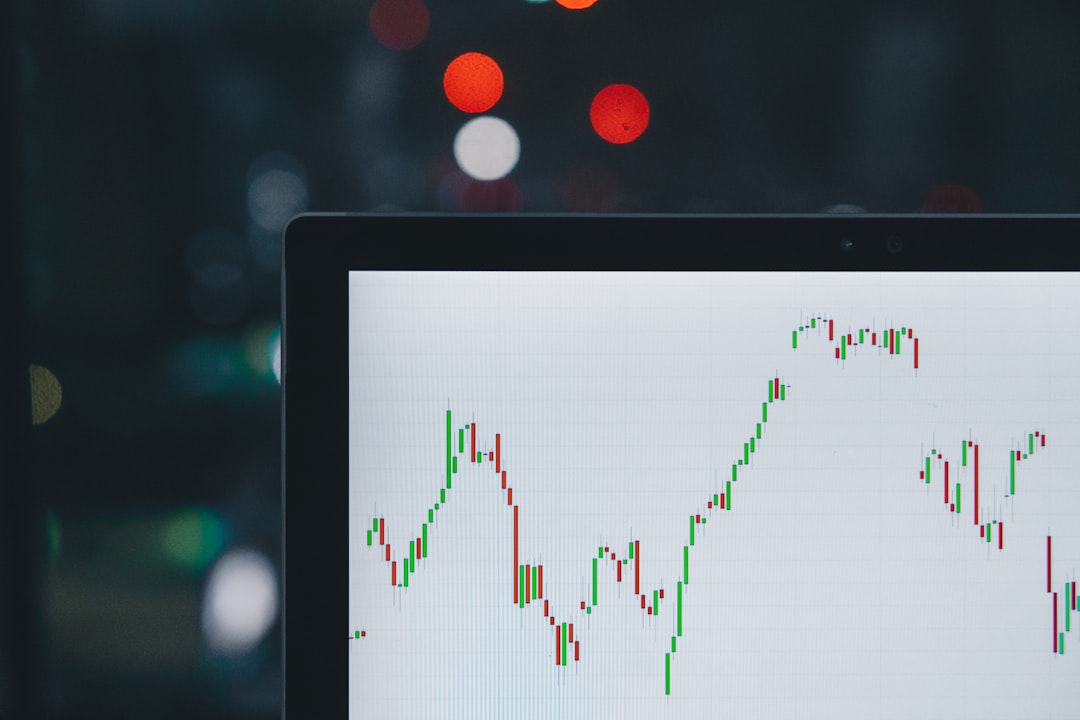
Introduction
Wedbush tech analyst Dan Ives has issued a stark warning that the proposed tariffs on Chinese and Taiwanese imports could set the U.S. technology sector back by a full decade. In his latest client note, Ives described the potential impact as “the biggest debacle ever seen in the markets” and argued that current tariff proposals could disrupt supply chains, delay capital expenditures, and stifle innovation in Silicon Valley.
Key Takeaways
Severe Market Impact:
The U.S. tech sector could lose a decade’s worth of progress if the proposed tariffs remain unchanged.
Ives highlighted that tariffs of 50% on Chinese imports and 32% on Taiwanese goods could disconnect U.S. tech companies from critical supply chains.
Economic and Operational Disruptions:
Increased costs could lead to dramatic price hikes (e.g., U.S.-made iPhones potentially rising to $3,500 from $1,000).
Construction of domestic facilities could be delayed by 4–5 years, impeding the U.S. tech industry’s ability to compete globally.
Broader Implications:
The tariff policy could undermine the U.S. consumer-driven market, which has been a key asset in supporting global tech leadership.
Despite being at the forefront of the AI revolution, the U.S. could face significant setbacks, slowing down innovation and future growth.
In-Depth Analysis
Tariff-Driven Supply Chain Disruptions
Dan Ives warns that the current tariff proposals would create an “upside down” supply chain for U.S. tech companies.
Cost Escalation: The imposition of steep tariffs would sharply increase input costs. For instance, if domestic production replaces imports, an iPhone might cost as much as $3,500, compared to the current average of about $1,000.
CapEx Delays: Building new factories in the U.S. could take 4–5 years, and the high cost of labor in America makes it difficult to compete with Asian manufacturing efficiencies.
Strategic Setback: The U.S. technology sector, which has led advancements in artificial intelligence and other innovations, risks losing its competitive edge if supply chains are disrupted.
Political and Economic Ramifications
Ives underscores that these tariff policies are “purely self-inflicted” by the Trump administration.
Political Symbolism: Tesla’s challenges illustrate how political associations can damage brand perception and erode consumer confidence globally.
Broader Economic Risks: With the U.S. comprising only 4% of the world’s population but 26% of its GDP, any policy that undermines its economic model could have far-reaching implications, particularly as the U.S. is a major driver of global technology innovation.
Industry Reaction and Market Sentiment
Despite potential downsides, some U.S. tech giants—like Nvidia, Microsoft, and Alphabet—continue to invest in innovation. However, the risk of supply chain disruption and escalating costs could force these companies to divert capital away from R&D and innovation.
Investor Sentiment: The market has reacted sharply, with significant volatility in stocks within the “Magnificent Seven,” as investors assess the long-term impact of such policies on the tech ecosystem.
Real-Time Data Resources
To monitor these trends and assess the impact on the technology sector, investors can leverage the following data resources:
Company Rating APIGain real-time insights into analyst ratings and performance metrics for U.S. tech giants to gauge how tariff risks might affect individual companies.
Sector Historical APIAccess historical data on sector performance, helping investors analyze how past tariff shocks and policy shifts have influenced tech stocks over time.
Conclusion
Dan Ives’ warning that U.S. tariffs on China and Taiwan could set the technology sector back by a decade is a stark reminder of the fragility of global supply chains and the high stakes of trade policy. With potentially massive cost increases, delayed capital expenditures, and a significant risk of reputational damage, U.S. tech companies may face long-term challenges that could reshape the landscape of innovation. Investors should stay alert to further policy developments and monitor market sentiment closely using real-time data resources.
What do you think: Will these tariffs disrupt the U.S. tech revolution, or can the sector adapt to maintain its leadership? Share your views below!

